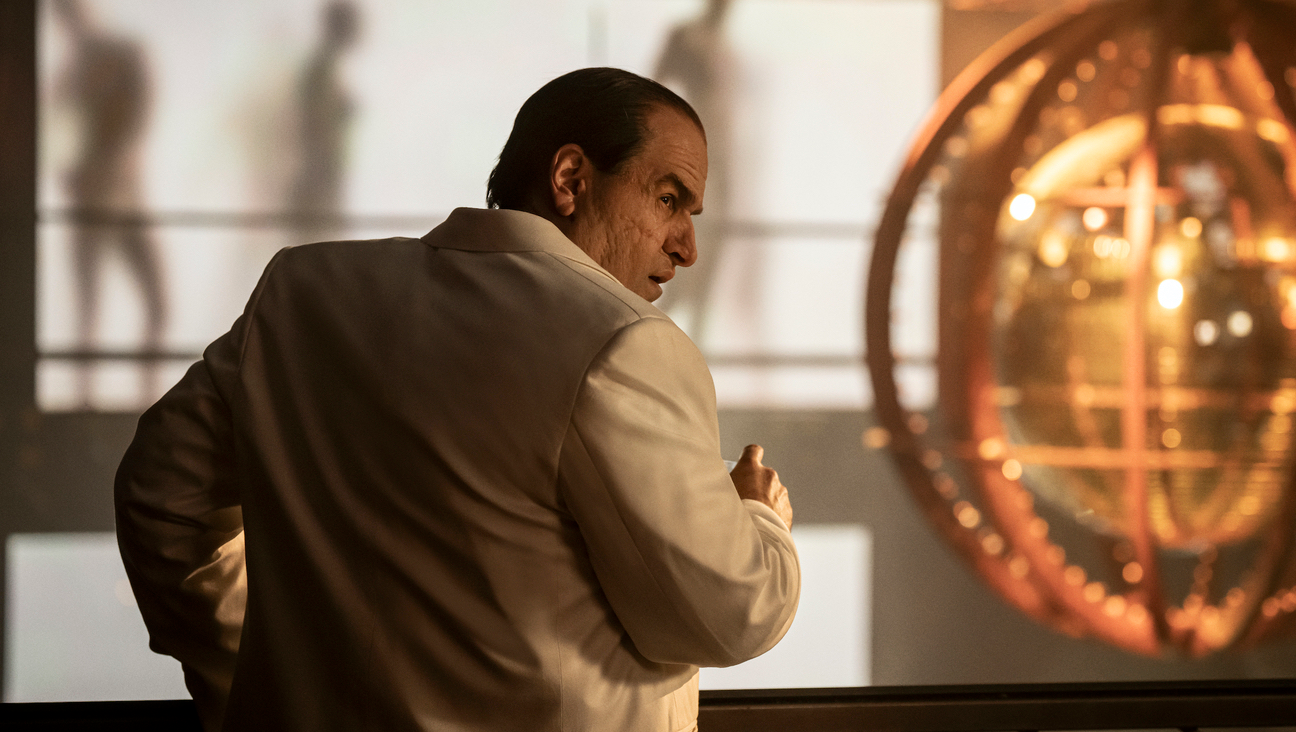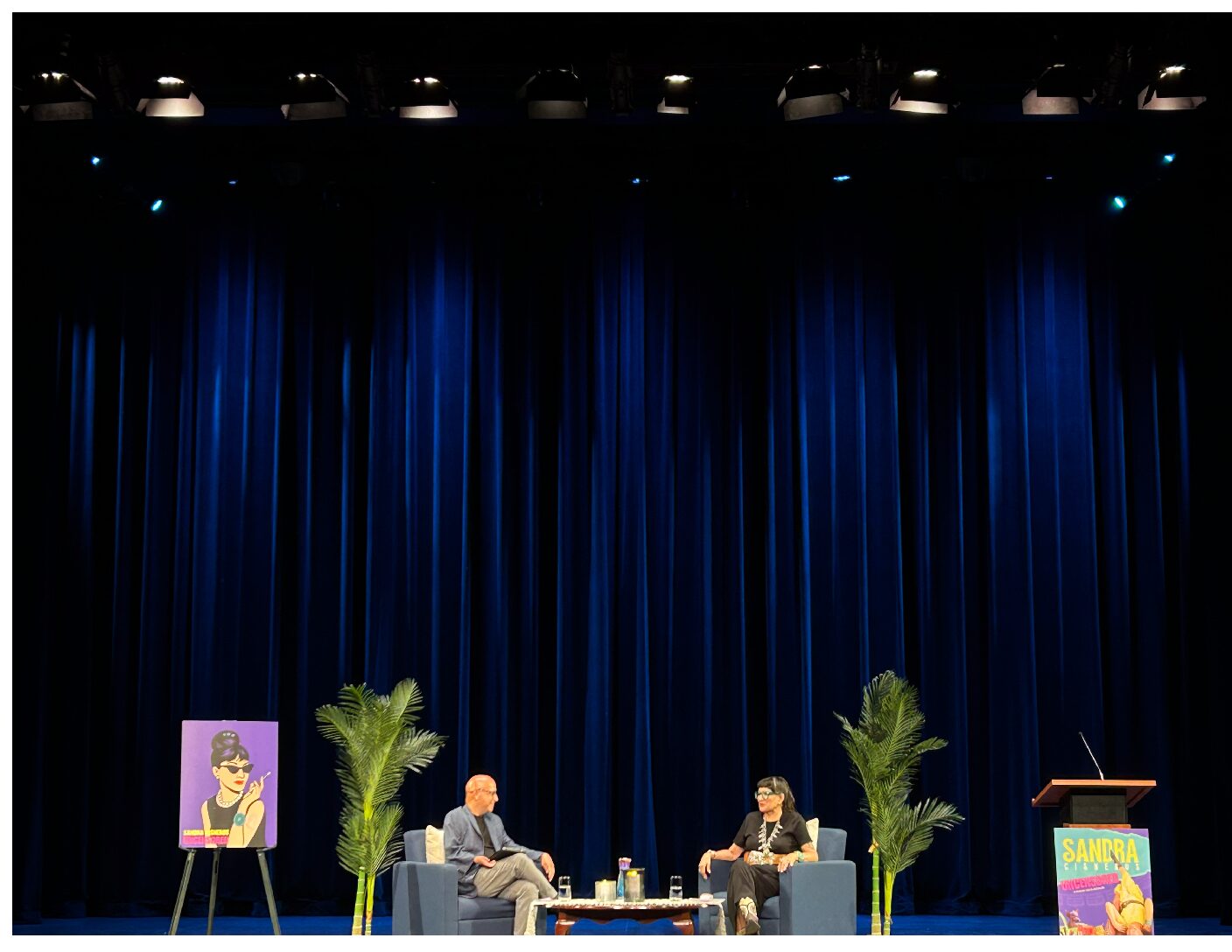Batman wants to be taken seriously. Or rather, the executives who control his likeness want him to be taken seriously. Over time, his image has slowly become grittier and darker, moving away from the campiness of the sixties’ television show and the sinister playfulness of the Tim Burton films. His most recent 2022 iteration of “The Batman” created a stripped-down Bruce Wayne that returned to the Caped Crusader’s detective origins. “The Batman” took inspiration from older noir films like “Klute” and “The French Connection” but it still kept its comic book flair. This version of Batman searches for clues in dusty old files but he’ll still leap off of buildings dressed like a bat.
But if Batman is to be taken seriously by the audience, then his villains need to be as well. So the Penguin, a villain who wears a monocle and top hat as he plots his evil machinations against Batman, is transformed into a mere gangster in HBO’s new spin-off “The Penguin.” So desperate are the creators of this show to remove their titular character from the ridiculousness of his comic book origins that they’ve even changed his name from “Oswald Cobblepot” to “Oz Cobb.” This newly stripped down version of one of Batman’s most iconic adversaries fits in with the direction that Batman has taken in the last couple of years, but it doesn’t make for a good comic book show.
The first two episodes of “The Penguin” set up a power struggle between Oz (Colin Farrell) and the remaining members of the Falcone family who control the drug trade in Gotham City after their patriarch Carmine Falcone dies. The show clearly aims to be a gritty crime drama and a TV-MA rating allows it to push boundaries further than “The Batman.” At the end of episode one, a torture scene involving a naked Oz establishes that the series isn’t afraid to show a little blood— and a lot of skin. The elements of a gangster epic all appear to be there. The show appears to draw on gangster media like “The Godfather” and “The Sopranos” with its Italian-American bent, similar to the way “The Batman” drew on noir films.
But “The Batman” was still a comic book film. Batman soared through the air and the Bat-Signal still shone brightly in the sky. Greg Frasier’s distinct black-and-orange-toned cinematography gave the film a more fantastical aesthetic compared to the older traditional noir films, allowing the film to have its own identity outside of its influences. “The Penguin” has no such identity of its own. It’s more muted aesthetic feels indistinguishable from all the more iconic gangster cinema that came before it, while the creators ignored the zanier elements from the comics that could have given their series a more unique take.
Nowhere is this problem more strongly represented than in the central performance behind “The Penguin.” Colin Farrell, drowning behind several layers of prosthetics and a somewhat demeaning fat suit, struggles to rise beyond the limitations placed on his acting, to little avail. “The Penguin” is written to be a pale imitation of characters like Tony Soprano and Vito Corleone, with nothing to differentiate him. If that is what you want from a crime drama in 2024, you’ll probably enjoy “The Penguin.” But if you expected “The Penguin” to give us an updated modern take on the character while still retaining his comic book characteristics similar to “The Batman,” you’ll be left disappointed.
Verdict: A serviceable crime drama that could be greater if the show incorporated more of its comic book origins.








